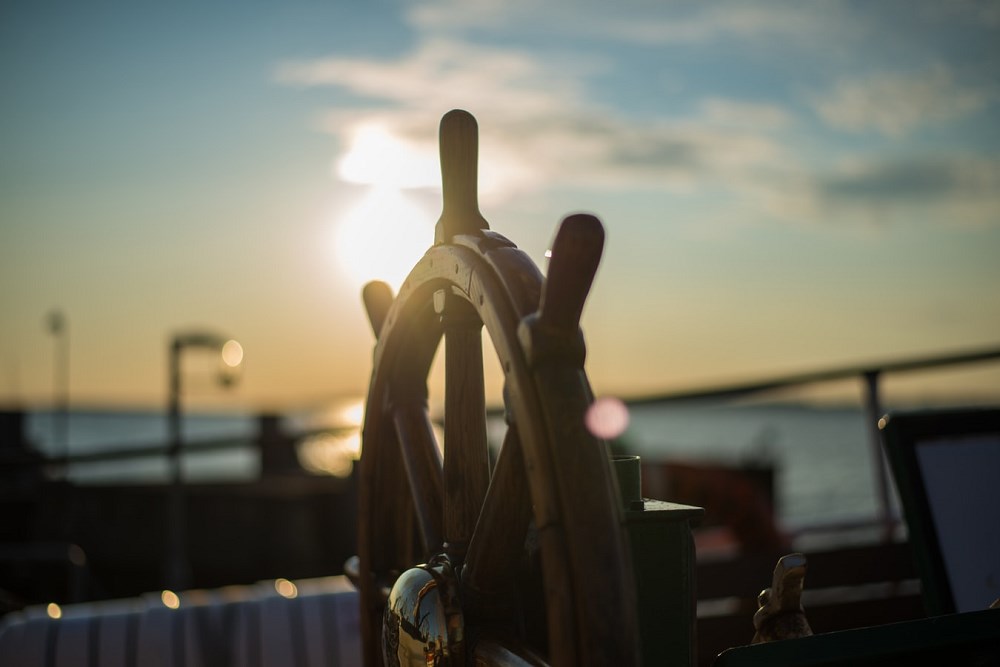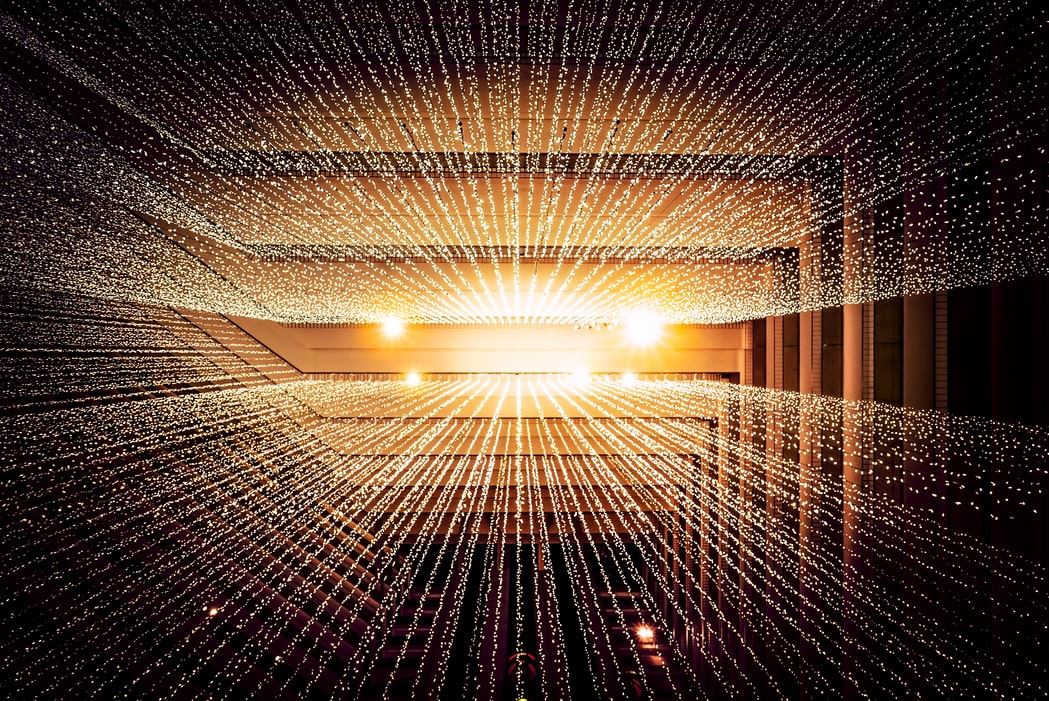
Last year proved to be a very challenging one for U.S. corporate high yield and emerging market bonds, as the COVID-19 pandemic caused them to fall dramatically and investors rushed to the safety of U.S. treasury bonds. But the two asset classes quickly rebounded, thanks largely to central bank actions, and Frank Gambino and David Nava, co-managers of the 4-star rated $3.7 billion RBC Global High Yield Bond Fund D, argue that with economic conditions stabilizing there is still room for the asset classes to grow.
“High yield bonds in the U.S. and Canada have done well in the last nine months, although we had a tough first quarter,” says Gambino, vice-president and senior portfolio manager, global fixed income and currencies at Toronto-based RBC Global Asset Management Inc (RBC GAM). “We recovered in April and for the year had a 6% positive return. Since the low on March 23, the high yield market was up over 30%. It has gone to the point where we are at record low yields.”
The yield for the benchmark Bank of America Merrill Lynch High Yield Master II Index is 4.2%, says Gambino, adding that spreads over comparably-dated U.S. treasuries are 371 basis points (bps), which is a long way from last March when spreads widened to about 1100 bps. “There has been a big recovery in spreads,” says Gambino, a 33-year industry veteran who joined RBC GAM in 2001.
Bonds Bounce Back With Better Deals
Noting that high yield bonds, which are classified as “junk,” have traditionally paid higher yields to compensate for greater risk, Gambino adds: “What hurts the market also helped the market recover. Energy bonds, for instance, were under-performers in the first quarter but out-performed in the rest of the year. COVID-related names also rallied.” Meanwhile, he notes that record-low interest rates have helped companies raise more debt. “The tone of the high yield market is firm.”
On the emerging market (EM) bond side, there is a similar pattern. “From mid-February to mid-March, we were down 21% in total return terms,” says David Nava, senior portfolio manager, global fixed income and currencies who joined RBC GAM in 2004, after earning an MBA from the Rotman School of Management. “In the same way that high yield recovered, so has emerging market bonds, which were up almost 30%. The two asset classes behaved very similarly in terms of returns.”
Before the pandemic hit, EM bonds had a spread of 300 bps over U.S. treasuries. But they sold off and went down to 720 basis points in mid-March. Today the spread is about 360 bps, or 60 bps wider than a year ago. “That is higher than the long-term averages. But in my mind EM is still attractive, although the riskier countries are more attractive than the ones that appear to be safer. It’s been a wild year, so far.”
Essential Growth in EMs
Going forward, Nava maintains that EM economies are very dependent on the roll-out of vaccines. “For EM bonds, growth is key and very important because it allows these countries to pay their debts. That is exactly what we want as bond-holders. At this moment, we are trying to figure out in which direction are we going in. For now, EM countries will continue to recover from last year’s shock. It won’t be the strong bounce we saw in the third quarter. But soft economic data, such as Purchasing Managers Index surveys, shows EM is recovering.” In addition, Nava notes that the asset class is also getting support from multilateral institutions such as the International Monetary Fund and World Bank that help the most vulnerable countries.
As growth is a key factor, Nava points out that China is a bellwether for EM and it reported 6.5% GDP growth in the fourth quarter, and 2.3% for all of 2020. “But EM fell an estimated 4.7% in 2020 and is forecast to grow 5.7% in 2021. But China is expected to grow about 8%,” says Nava, adding that despite China’s rapid recovery, he regards its securities as expensive, and prefers those of EM countries that are considered less safe.
Meanwhile, in the U.S., Gambino argues that the vaccines will be rolled out in 2021 and lockdown measures will be eased. “The base case is for better economic growth and a recovery in 2021. There is always a risk that the vaccine may not work as well as anticipated. However that is not the base case,” says Gambino, adding that his team is constructive on the outlook for U.S. high yield as the current yield is around 5.5%, which is considerably better than U.S. treasuries.
Survivors Shine
“We are also expecting an earnings recovery in 2021. The credit ratings for high yield bonds are quite low, which makes them high-risk. But these companies have done a very good job, by increasing liquidity and extending the term of their debts. A lot of them are cash-rich. With the expected economic recovery, there should be fewer defaults and so-called ‘fallen angels.’ The credit risk for the market has moderated somewhat,” says Gambino, adding that the asset class is benefitting from a dramatic decline in supply, while demand remains quite strong.
From a strategic viewpoint, since last May the managers have emphasized EM slightly over U.S. high yield bonds. While the mandate of the fund is to weigh each asset class equally, there is currently 51.8% in EM, 44.3% U.S. high yield, 2.3% cash and 1.5% in foreign exchange forward gains generated for hedging purposes. On a geographic basis, 52% of the fund is in EM, and 46% in the U.S.
Running a portfolio of about 472 so-called line items (individual holdings), Nava selects countries based on a combination of fundamentals and valuations. Currently, there are bonds in over 60 countries. One favourite is Egypt, whose fundamentals have improved in the past few years. By way of example, Nava points to a US-dollar denominated bond which yields 7.52% (and a spread of 574 bps over US Treasuries) and matures in 2047. “The government has followed an orthodox path in the past couple of years. It has a diversified economy and built some credibility,” says Nava. “I like the way Egypt has behaved and the prospects going forward.”
On the high yield bond side, the top four sectors are 14% energy, 9% basic industries (such as home-builders), 9% healthcare and 9% media. One of Gambino’s favourite holdings is a bond issued by HCA Healthcare Inc. (HCA), one of the largest for-profit hospital companies in the U.S., with 180 acute care facilities and 2,000 sites. “They have significant scale and are a very strong competitor in most of their markets. They have a very long track record and very good operating results and industry-leading margins,” says Gambino. “It’s a fairly defensive industry.” The 10-year BB-rated bond is yielding about 3%.
In 2020, RBC Global High Yield Bond Fund D returned 4.76%, versus 4.67% for the High Yield Fixed Income category. Over three- and five years, the fund had an annualized return of 4.13% and 6.87%, respectively, compared to 4.09% and 6.01% for the category.
Recipe for Fair Returns
“The outlook for U.S. high yield is positive, for the reasons I said earlier: lower credit risk, lower supply, strong demand, and the re-opening of the economy,” says Gambino. “But I would expect returns to moderate. The starting yield is around 4%, in the index. It will be very difficult to achieve capital gains. Most of the returns will come from the carry [the yield in holding a bond].”
For his part, Nava is expecting a smoother ride for EM bonds in 2021. “I’m not expecting the same volatility that we experienced in 2020. This year will be a coupon-clipping environment,” says Nava. “If we end the year with a 5-6% return I’ll be happy.”








:quality(80)/cloudfront-us-east-1.images.arcpublishing.com/morningstar/VYKWT2BHIZFVLEWUKAUIBGNAH4.jpg)











